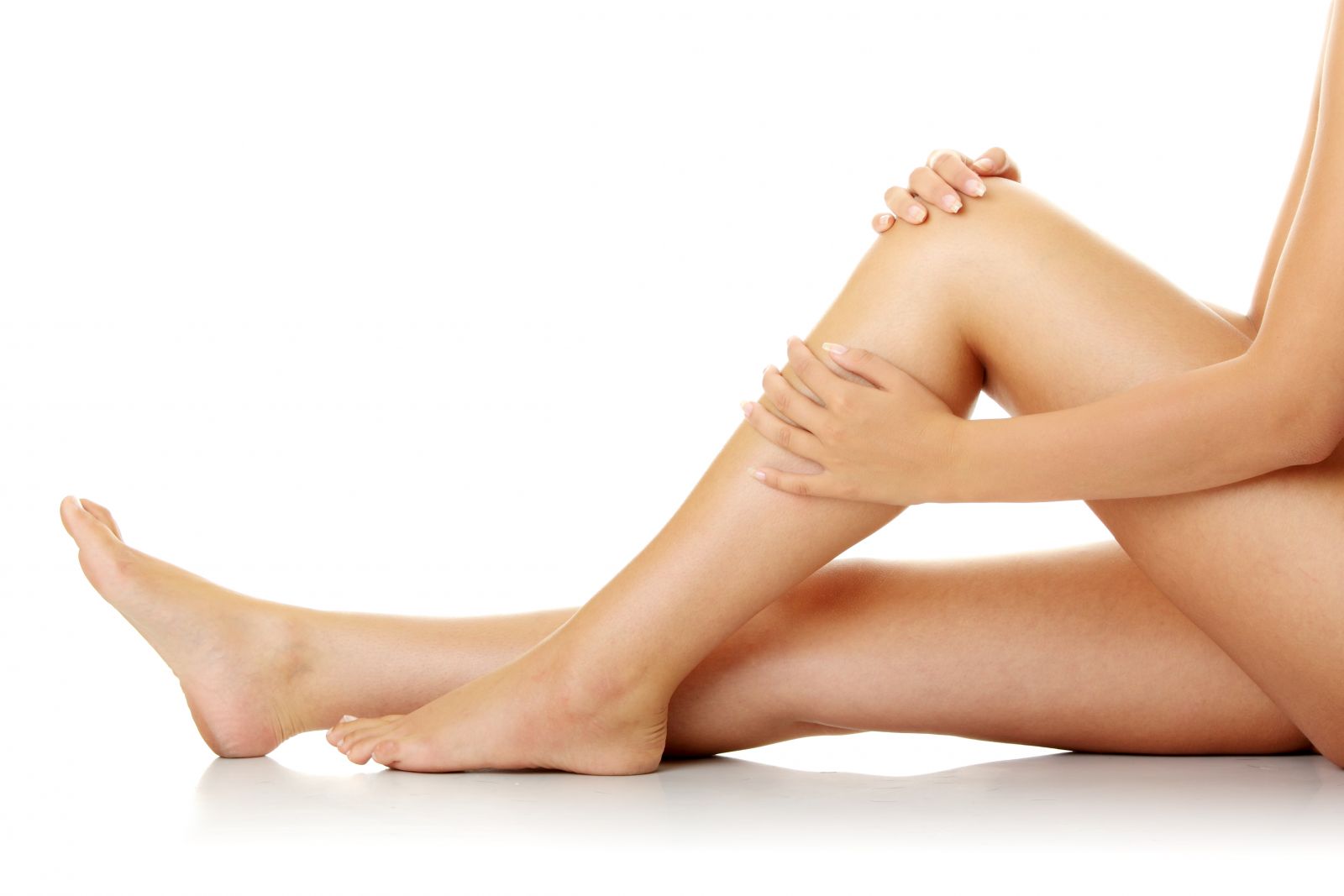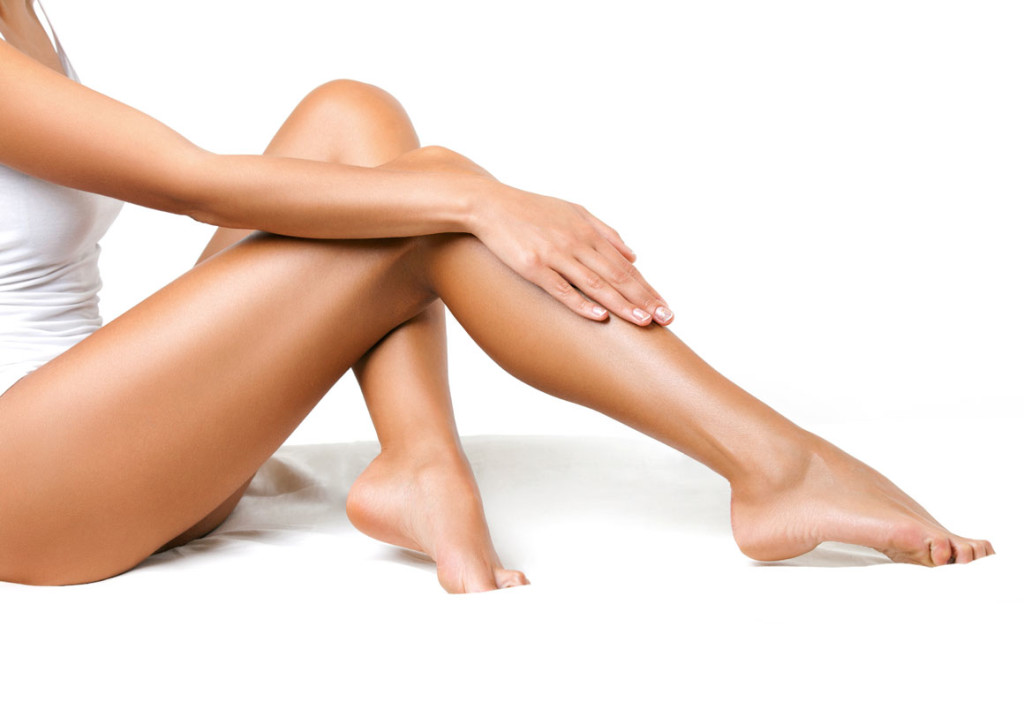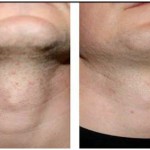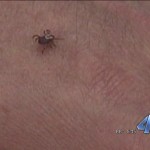How to get rid of spider veins
Spider veins are probably the worst nightmare for every woman. They are dreaded by almost everyone. Spider veins are offshoots of varicose veins. They are similar, though spider veins are thinner and they twist and turn more. They occur in colours like red, blue and purple, and are usually visible on the face and legs of a person.
Spider veins are mysterious in a way, because some people contract them and some people don’t. There are various factors that decide whether a person has, or might suffer from this condition. Some of these factors include whether the person has had a number of blood clots in the past, usage of birth control pills, constipation and tumors, obesity, jobs that require standing, hereditary properties and genetics, exposure to ultraviolet rays, and previous surgeries on the vein, to name a few. Hormones thought to have some effect on the occurrence of spider veins are estrogen and progesterone.
Spider veins are found more in women than in men, and frequency increases with age. There are several symptoms with varicose and spider veins, some of which include aches in the legs, tiredness, burning, restlessness, ulcers, blood clots and dark skin, to name a few.
However, fret not. Here are some solutions that will allow you to get rid of this in no time.
- Keeping in shape: As mentioned above, obesity is one of the probable causes of varicose veins. Therefore, by making small changes to your lifestyle and eating habits, you might be able to put swollen veins away. You could either exercise often, or go for walks in the park. Maintain hygiene all around, have regular baths and take care of your skin. All this will help treat spider veins.
- Sclerotherapy: Sclerotherapy is a process where a detergent or saline solution is injected into the veins, causing them to gather together and form a clot, therefore reducing the area occupied by the otherwise spread-out veins. Up to 90% positive results are expected after a sclerotherapy treatment. Sometimes, a large number of needles, and many such treatments are required, but the needles cause only so much as a small, bearable prick, making it an easy process for people who hate injections. Sclerotherapy is charged at a fee; either it’s a set fee, or the patient is charged according to the number of veins treated.
- Lasers: Called endovenous laser treatment, a laser fibre is introduced to the vein, and then laser light bursts are used to make the vein collapse in structure. Whe compared to sclerotherapy, laser treatments are very expensive and less effective, making it a bad decision for people who aren’t really phobic when it comes to injections. Though, when lasers are focused on the skin, there’s a slight discomfort felt, and blisters might form at the spot, making for disappointing results.
- Surgery: Physical removal of veins by a certified doctor. Surgery is used to treat larger veins, and is used for spider veins in rare cases.
- Insurance: You must check your insurance policy provider on whether your insurance covers spider veins too, because most of them do not.
So, here are some of the best ways to treat spider veins. Make sure you follow them, and bid goodbye to irregular veins and leg pains forever!









